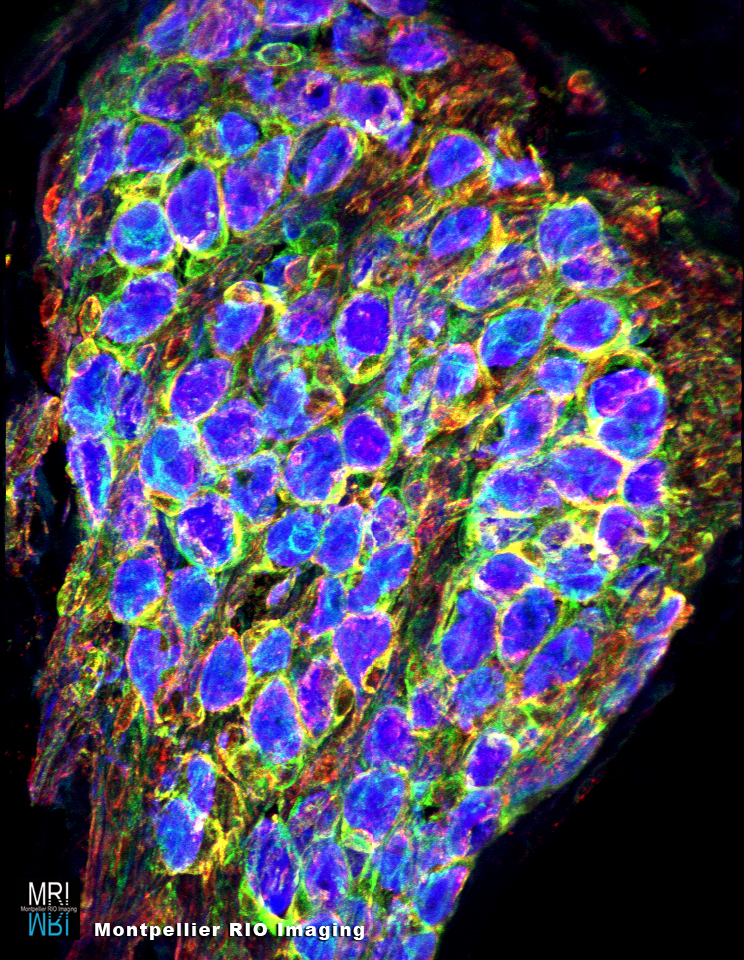Ecole des Houches: Fluorescence markers for advanced microscopy
This biophysics school aims at training students and young researchers to master fluorescent markers used in advanced fluorescence bioimaging: their diversity, how they actually work and what their current development are.
Deadline for registration: December 15, 2017.
It will be organized at the Ecole de Physique des Houches, in the french Alps, on 18-23 March 2018.
Fluorescence-based imaging techniques play an increasing role in biology and medicine. In recent years, the field of fluorescence imaging has seen the spectacular development of super-resolution microscopy, also called “nanoscopy”. Nanoscopy has opened up huge research opportunities for biomedical sciences, as witnessed by the Nobel Prize for Chemistry in 2014, jointly attributed to S. Hell, E. Betzig and W. E. Moerner. In general, fluorescence microscopy requires labeling the samples with suitable fluorescent markers, either fluorescent proteins, organic fluorophores or nanoparticles. The markers used in super-resolution microscopy, however, must possess very specific properties. Nanoscopic techniques, in fact, rely fundamentally on the complex photophysical behavior of these markers.
Our school is motivated by the fact that more and more laboratories around the world are committed to the implementation of advanced microscopy techniques, in particular super resolution, with an increasing number of dedicated platforms. However, there is a global lack of knowledge about how fluorescent markers should be selected, their properties and mechanisms, and the type of artifacts they can create. The objective of the school is to contribute overcoming this lack.
Important novel developments are expected in the coming years that will introduce paradigm shifts in advanced fluorescence imaging. The course has the ambition to prepare participants to become major actors in these breakthroughs, by updating students and also preparing them to integrate new methods that were not necessarily taught at the level of a master degree, or that are difficult to teach because of interdisciplinarity.
